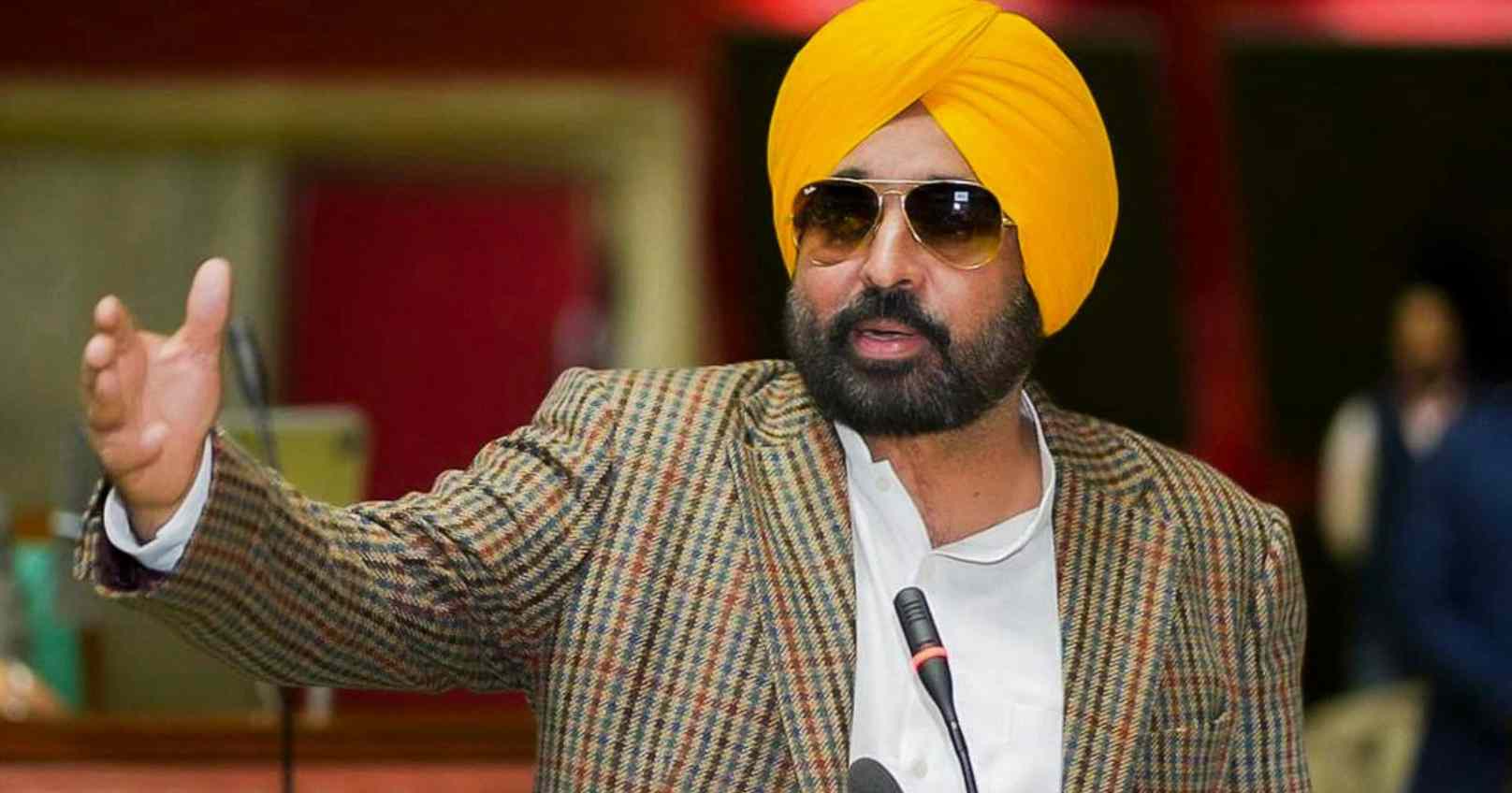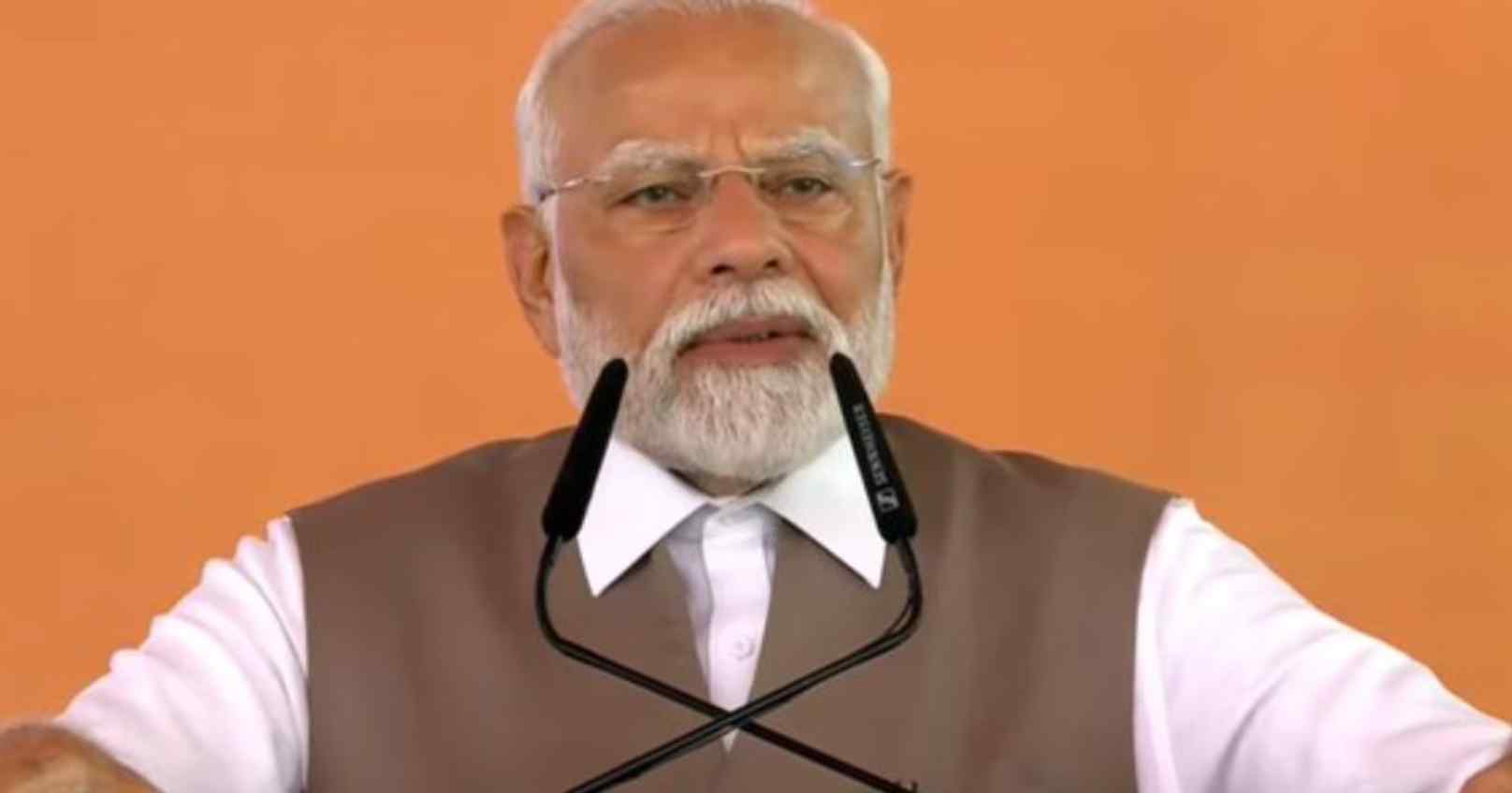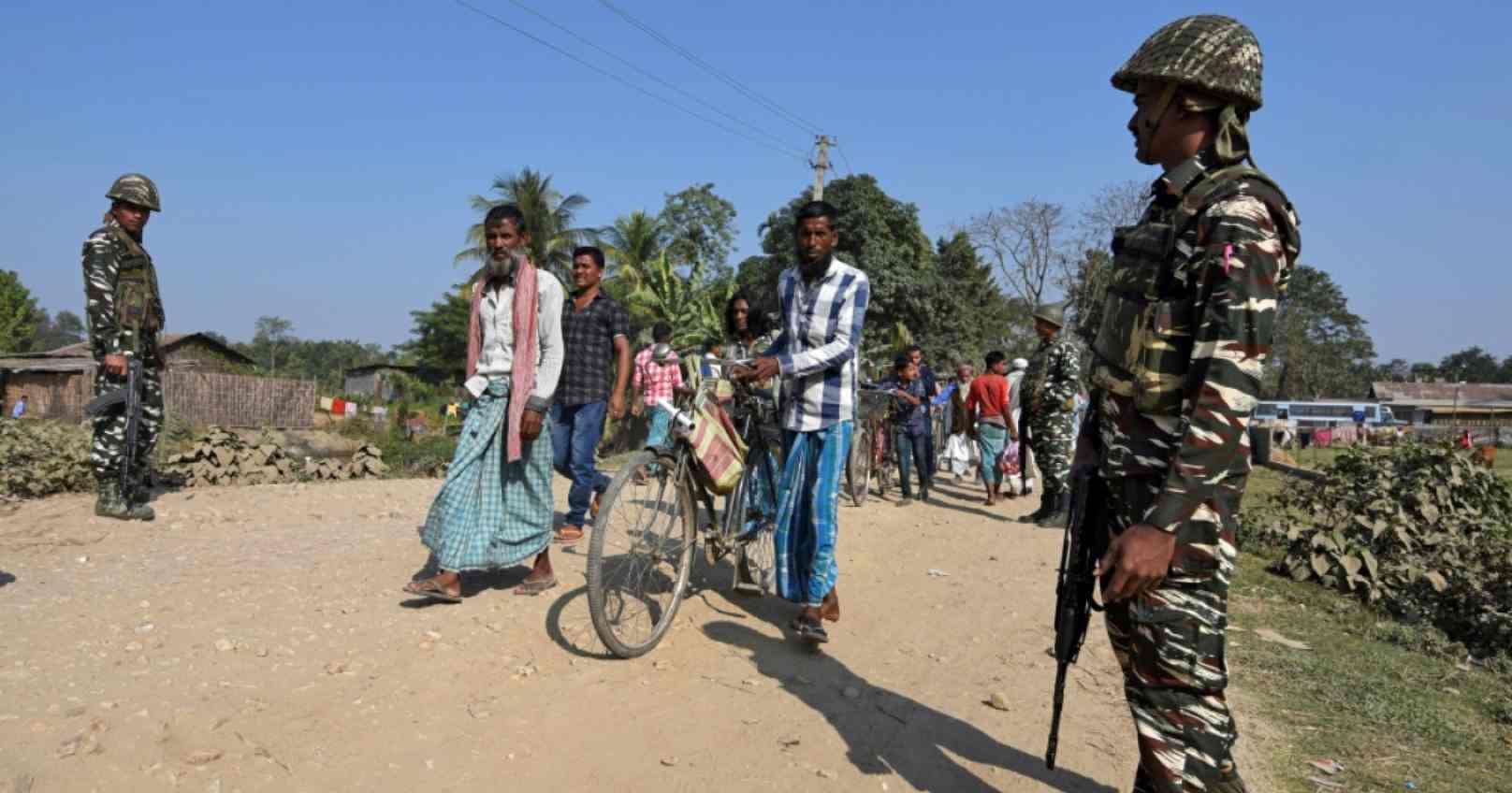Global Reactions to the India-Pakistan Ceasefire
US President Donald Trump declared a ceasefire between India and Pakistan before either nation made it official, leaving global media scrambling for clarity amid ongoing tensions
12-05-2025On May 10 around 5 PM IST, U.S. President Donald Trump unexpectedly declared that India and Pakistan had agreed to a ceasefire—before either of the two nations confirmed it publicly. His sudden announcement, made after four days of continuous missile and drone exchanges, stunned the global diplomatic community and set off a flurry of speculation over who had brokered the deal and what had actually been agreed upon.
The unusual part? Neither New Delhi nor Islamabad used the term “ceasefire” in their initial statements. Indian government officials insisted that it was merely an “understanding” to halt hostilities, not a formal truce.
“Operation Sindoor hasn’t concluded. We’ve entered a new phase—this isn’t a ceasefire in the conventional sense,” a senior Indian official clarified. “We’re calling it a stoppage of fire. Pakistan has violated such agreements before.”
Here’s how global media—from the U.S. to China and the Middle East—reacted to the announcement and its chaotic aftermath.
U.S. media quickly interpreted Trump’s statement as a direct diplomatic intervention. The Washington Post led with “Trump heralds Pakistan, India deal,” while also acknowledging that both countries were already accusing each other of violating the fragile halt in hostilities.
The Post noted that Vice President JD Vance had spoken to Prime Minister Narendra Modi a day earlier, offering a diplomatic path to defuse rising tensions—one that Washington believed Pakistan might accept.
The New York Times described the situation as an “uneasy truce,” with persistent cross-border fire raising doubts about how meaningful or lasting the agreement would be. It also highlighted that the U.S. only stepped in after the possibility of a broader conflict with nuclear implications became too great to ignore.
The South China Morning Post reported, “India and Pakistan agree to ceasefire after weeks of deadly clashes.” According to the outlet, the agreement followed several rounds of U.S.-led discussions and came after weeks of deadly exchanges triggered by a gun attack on tourists—a tragedy India has blamed on Pakistan, though Islamabad denies responsibility.
The SCMP cited Indian claims that only terrorist infrastructure had been targeted, not civilians.
The Global Times, widely seen as aligned with the Chinese government, focused on Pakistan’s response. It highlighted Prime Minister Shehbaz Sharif’s expression of gratitude to allies—including the U.S., Saudi Arabia, and especially China. Sharif called China a “reliable friend” and praised its consistent support, saying Beijing had always stood by Pakistan through 78 years of shared history.
In its coverage, Al Jazeera ran the headline: “Explosions in Kashmir after ceasefire agreed.” It reported that, despite the ceasefire announcement—first revealed by Trump and later acknowledged by both countries—there were still reports of air activity and explosions in Kashmir and surrounding regions.
Indian officials accused Pakistan of violating the informal agreement, while Pakistani leaders denied the allegations. Both sides, however, indicated that they were currently committed to de-escalation—though India made it clear that any further provocation would be met with force.
Meanwhile, Arab News reported: “India and Pakistan ceasefire shaken by overnight border fighting in disputed Kashmir region.” The article detailed that while both nations had agreed to halt all military activity on land, air, and sea, tensions flared within hours. Drones were reportedly spotted not just over Kashmir but also above Gujarat, sparking concerns of renewed escalation.
In Neelum Valley—an area just three kilometres from the Line of Control in Pakistan-occupied Kashmir—residents described hearing heavy exchanges of fire after the agreement took effect.


Punjab CM Bhagwant Mann has accused the BJP of using sindoor, a sacred cultural symbol, as a politic
Read More
Prime Minister Narendra Modi credited Operation Sindoor for demonstrating India’s military strengt
Read More
India’s move to send back undocumented immigrants has drawn strong opposition from Bangladesh, esc
Read More